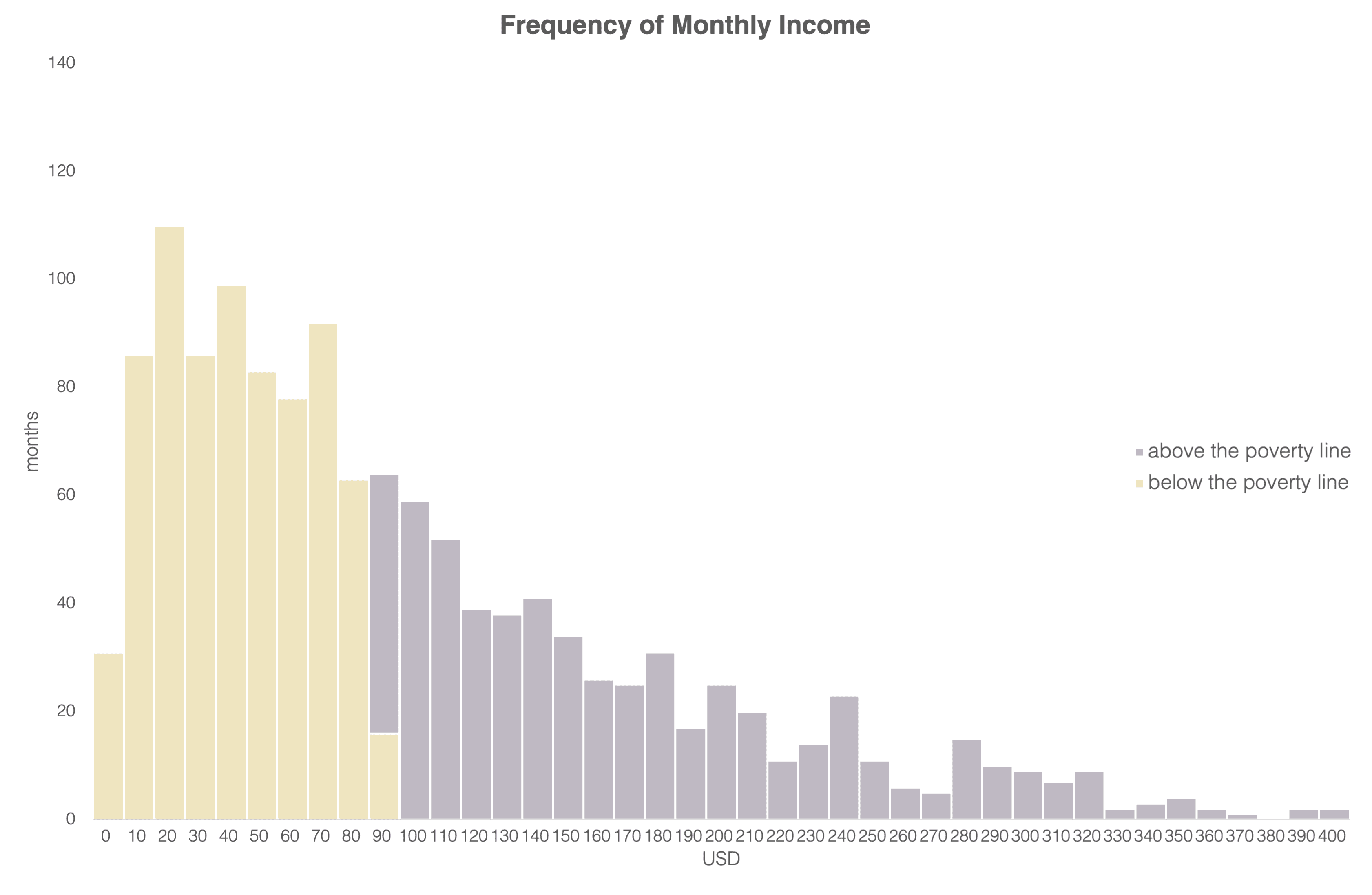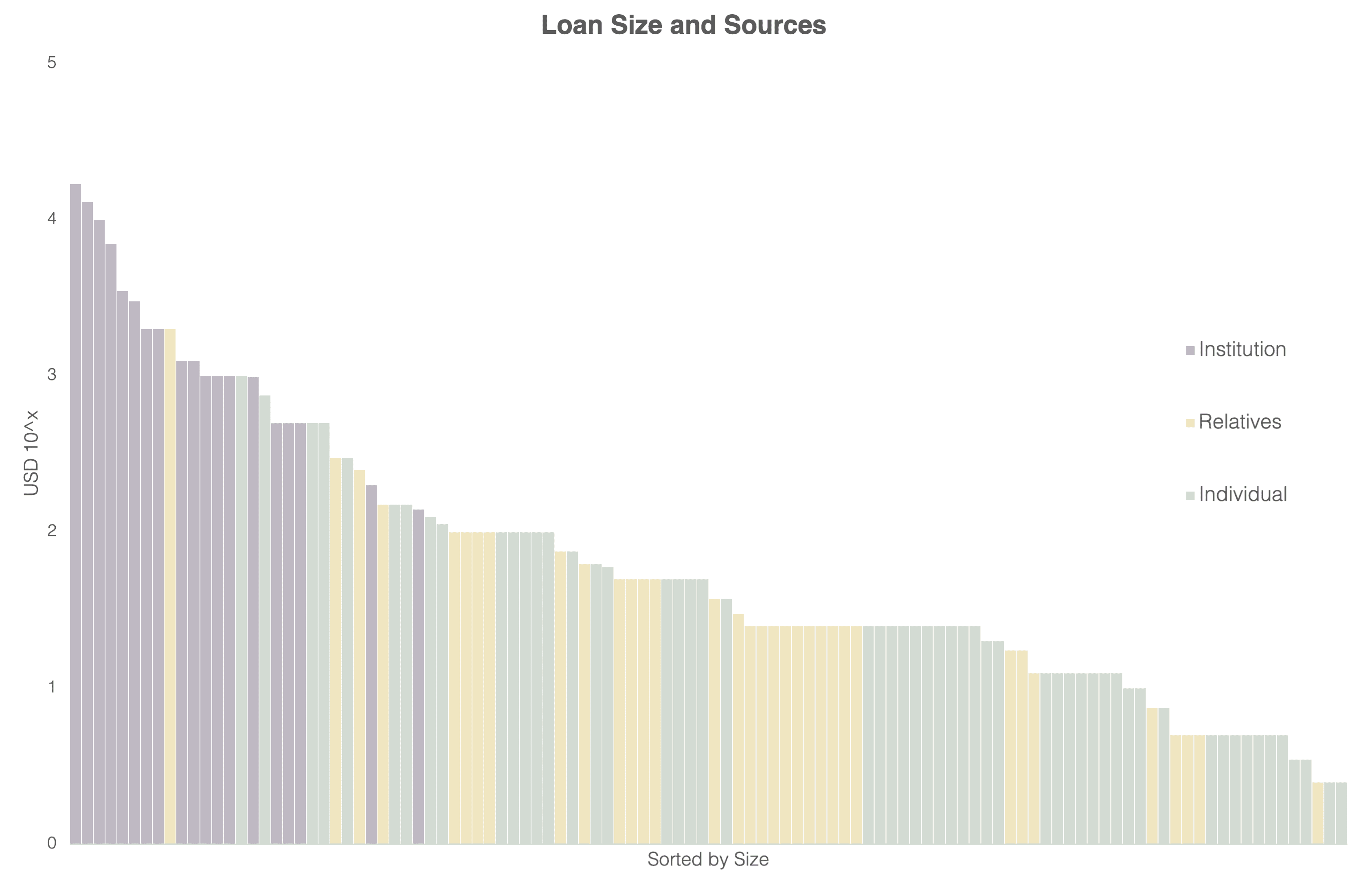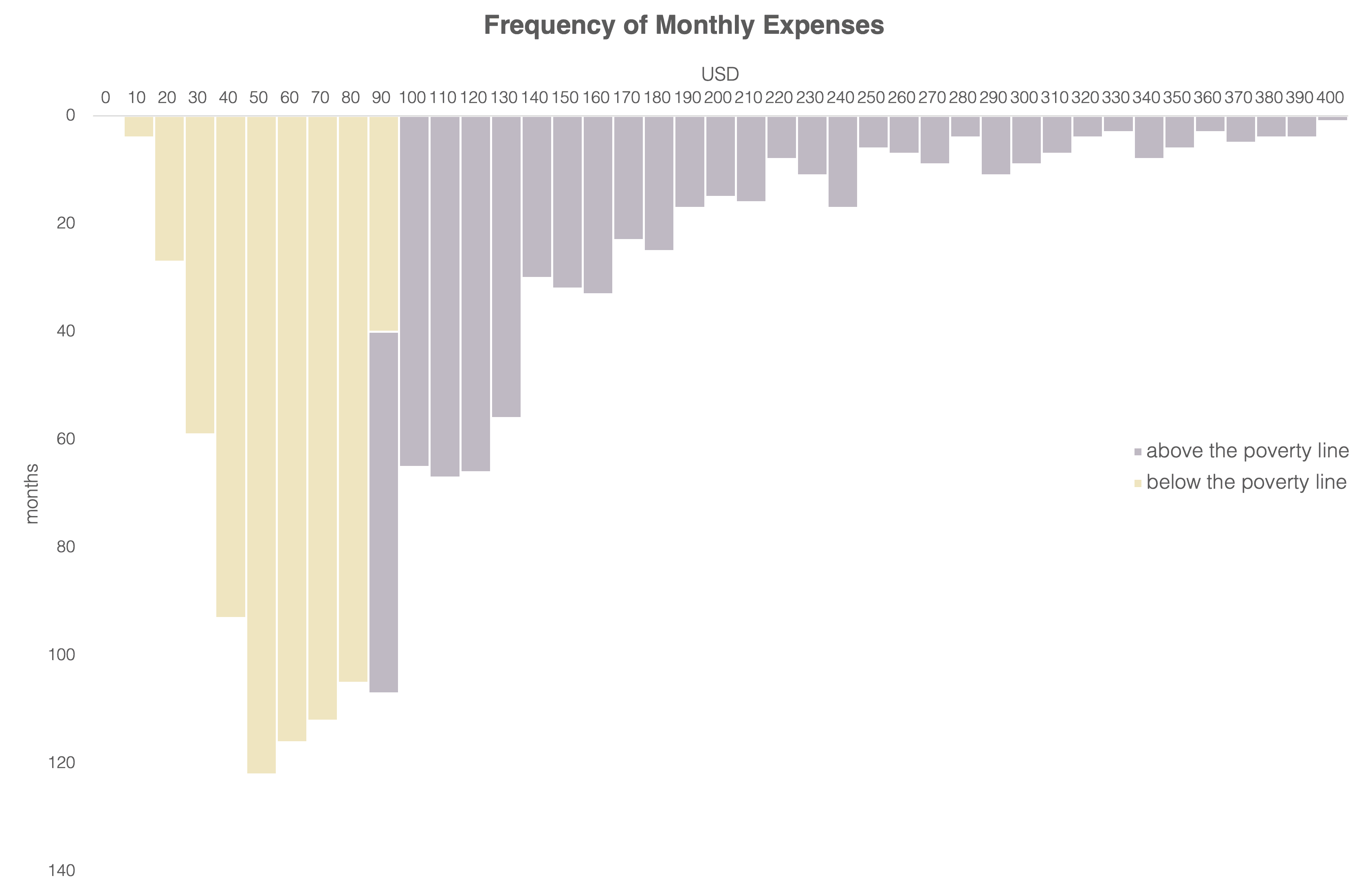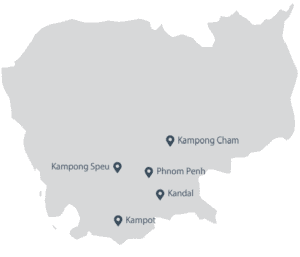What is financial inclusion?
What is financial inclusion?
What is financial inclusion?
There are 1.7 billion financially excluded adults in the world
There are 1.7 billion unbanked adults in the world
There are 1.7 billion unbanked adults in the world
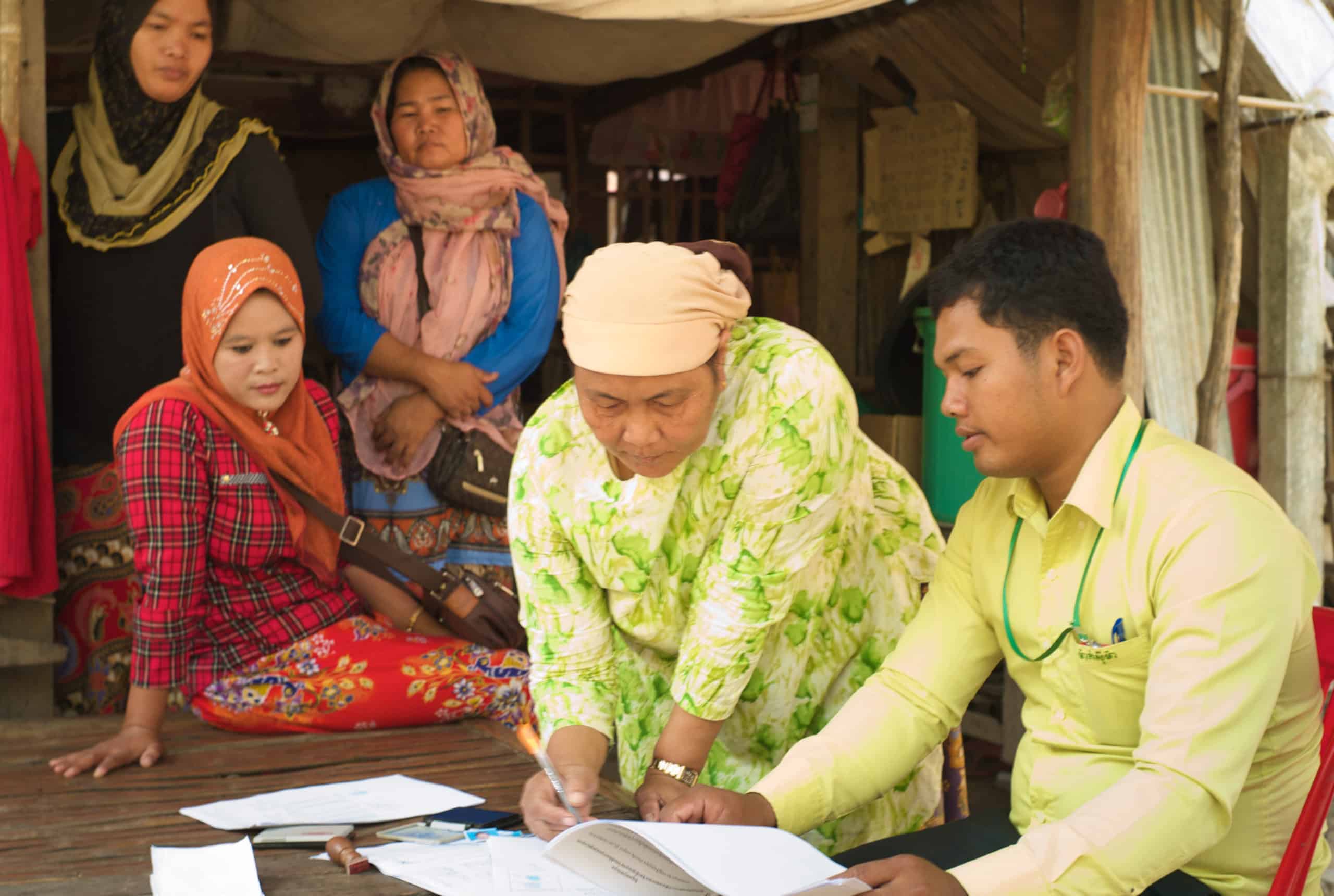
Group loan customers in Cambodia being served by a Maxima loan officer / Taejun Shin
A bank account is easy to take for granted— unless you don't have one
A bank account is easy to take for granted— unless you don't have one
A bank account is easy to take for granted— unless you don't have one
Being unbanked means:
- Being unable to access appropriate, affordable, and timely financial products and services
- Not having a safe place to save money
- Being vulnerable to scams and predatory lenders
- Being unable to get a loan to fund a business or make important purchases
Financial exclusion doesn't just result from poverty; it perpetuates it.
Microfinance provides essential financial services
Microfinance provides essential financial services
Microfinance provides essential financial services
From Gojo-ko cooperative credit unions in 19th-century Japan or the first credit unions in Germany and France in the 1850s to the birth of modern microfinance institutions such as Grameen Bank in the 1970s, history teaches us that the financial inclusion gap can be bridged through creative, community-based services for the poor.
Microfinance enables people with low incomes to access essential financial products such as loans, savings and insurance. For those who own businesses, microfinance provides funds to buy inventory and income-generating assets, enabling people to sustain and enhance their livelihoods. For others employed casually with variable incomes, microfinance services are a way to create more stable cashflows and prevent crises from ruining their lives.
Microfinance products include:
Joint Liability Group (JLG)
A JLG is made up of 3-10 neighbours who come together to secure loans. They are ideal for low-income families who cannot provide collateral and have limited credit records. Group members select each other and guarantee each other's repayments. This keeps default rates low and ensures that borrowers are of good standing in the community.
See how our partner SATYA provides financial inclusion with a modified Joint Liability Group
Microsavings
Microsavings are small deposit accounts offered to low-income families or individuals as a means of storing funds for future use. Our partner MIFIDA provides voluntary savings accounts to low-income households and actively promotes savings behaviour in Myanmar, where according to the 2018 MAP Survey, 50% of the population does not save.
See how our partner MIFIDA promotes savings behaviour in Myanmar
Individual Loans
Individual loans (or personal loans) are purpose-based loans that could be used for a variety of personal expenses. From home renovations, medical expenses, to funeral costs - this type of loan can cover any goal of individuals without requiring them to be a part of a credit group.
See how our partner SATYA provides their clients with diverse individual loans
Mobile Wallets
As internet penetration rates and number of mobile phone users increase in many areas, mobile wallets enable clients to use financial services electronically. This convenient payment method is accessible through a mobile phone, and can be used to execute payments, money transfers, purchases, and many more.
See how our partner Humo present customers with convenient mobile banking access
Small and Medium Enterprise (SME) Loans
Access to capital is one of the biggest hurdles SMEs face, as they're less likely to acquire bank loans. Microfinance institutions' SME loans serve as an accessible alternative by offering small businesses flexible loan options.
See how our partner Loan Frame caters to small businesses with a wide array of loan options
ニュースレター
ニュースレター購読をご希望の方はこちら



